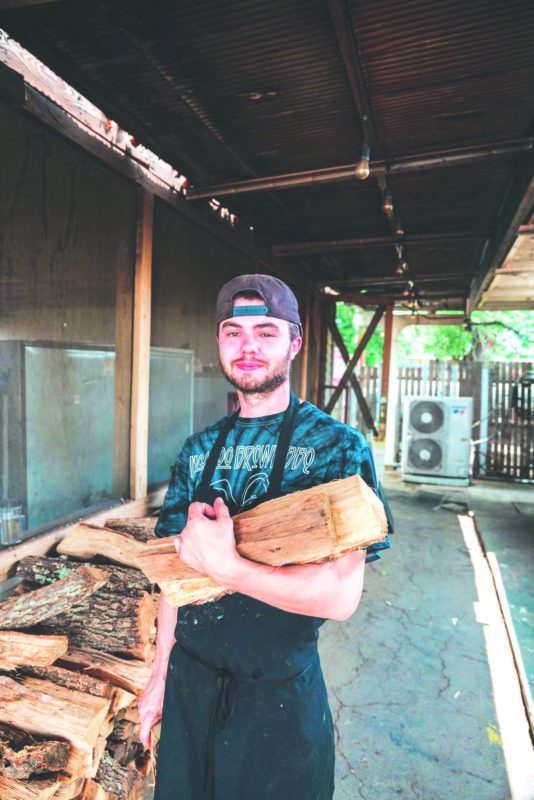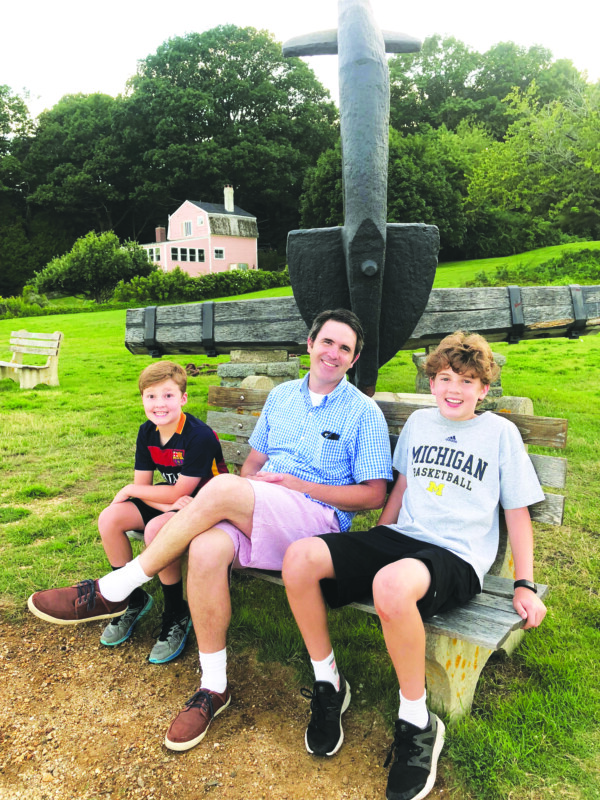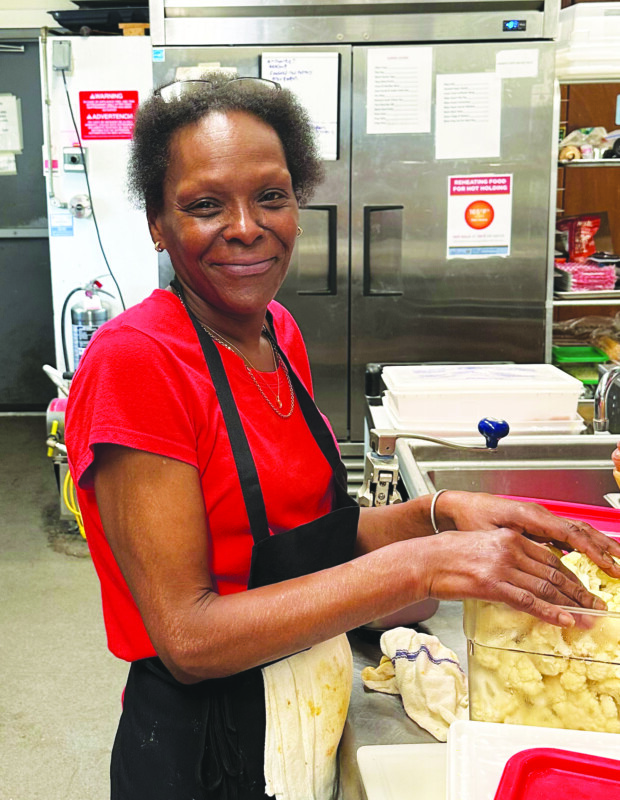Handyman
David Brooks is a self-employed handyman and owns his own business, Dave’s Handyman Service (520-5408, handymandave322@gmail.com, search “Dave’s Handyman Service” on Facebook) based in Concord.
Explain your job and what it entails.
I am a handyman who does basic home repairs for people. Sometimes I do multiple jobs in one day, or it may take multiple days to complete a single job.
How long have you had this job?
I launched my handyman business in March 2022.
What led you to this career field and your current job?
I have always been a handyman. I worked in retail for 30 years and finally gave it up and decided to start doing my own thing.
What kind of education or training did you need?
I had no specific education or training for my job. I did some carpentry when I was younger. I am pretty much self-taught.
What is your typical at-work uniform or attire?
Basic attire: jeans, T-shirt and boots.
What is the most challenging thing about your work, and how do you deal with it?
The most challenging thing is that I am a one-man show; I do all of my own estimates and all of my own bookkeeping, and I perform all of the work. I deal with it by working in my office in the evening or on the weekends.
What do you wish you had known at the beginning of your career?
I wish I had known how great my customers would be, which has made my business successful, and how much I like being on my own. I would have started doing this sooner.
What do you wish other people knew about your job?
I wish other people knew how much time and effort it takes from [the point of] estimating a job to completing a job.
What was the first job you ever had?
My first job was mowing lawns and doing odd jobs for a retired doctor when I was 13 years old.
What is the best piece of work-related advice you have ever received?
Be open and honest with people, be a man of your word, show up on time and always do the best job that you can.
Five favorites
Favorite book: I don’t have a favorite.
Favorite movie: The Shawshank Redemption
Favorite music: Rock ’n’ roll and heavy metal
Favorite food: Pizza
Favorite thing about NH: The small towns and the friendly people
Featured photo: David Brooks. Courtesy photo.






